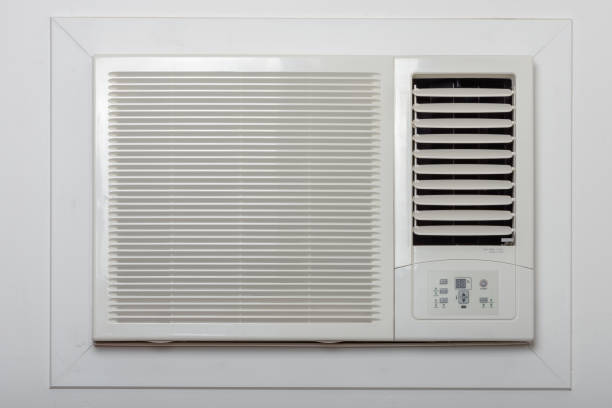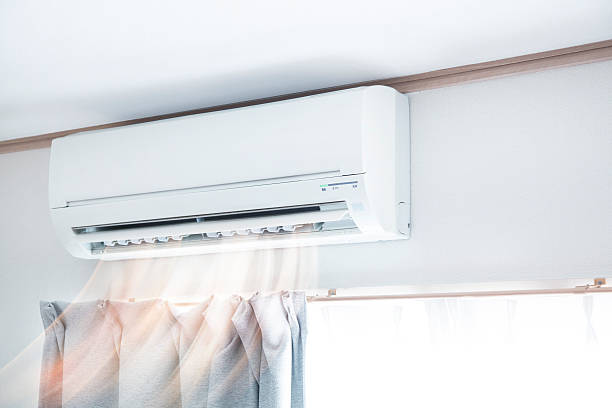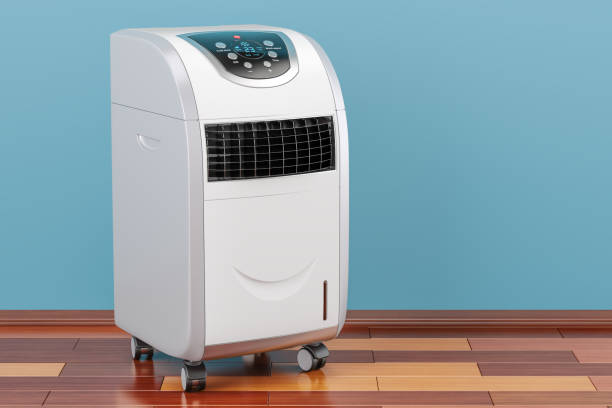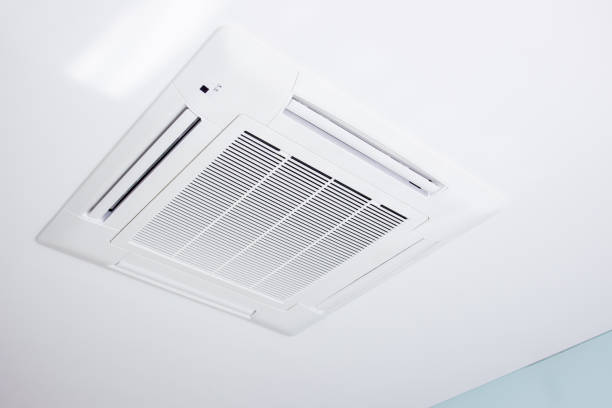Currently, in the Philippines, the hot, dry season can be very severe. People experiment with various methods of cooling off. Others seek solace in air conditioners’ cool temperatures.
Well, do your research beforehand if you want an AC to beat the summer heat. After all, buying an aircon can be a daunting task, especially for those who have never bought one before. In this article, we will provide you with some tips before buying an aircon in the Philippines.
1.Look at your budget
The prices of air conditioning units in the Philippines vary depending on several factors such as the brand, type, capacity, and features. Generally, window-type air conditioners can cost anywhere from PHP 10,000 to PHP 30,000, while split-type air conditioners can range from PHP 20,000 to PHP 60,000 or more.
Additionally, there are also portable air conditioning units that can cost between PHP 10,000 to PHP 30,000, and central air conditioning systems that can cost upwards of PHP 100,000 or more.
It is always best to check with local retailers and manufacturers for the latest pricing information and to compare prices and features before making a purchase decision.
2. Choose between inverter or non-inverter air conditioner
Based on their operating principles, inverter and non-inverter air conditioners are the two main types of air conditioning in the Philippines. Knowing the distinction between the two is crucial, particularly if you want to reduce your electricity costs.
A variable-speed compressor is used by inverter units. The compressor slows down after the unit achieves the desired temperature. Less energy is used in this system.
In contrast, a non-inverter unit employs a compressor with a fixed speed. When it reaches the desired temperature, it shuts off entirely. And it will come back on if the room becomes too warm.
The constant on/off cycle of a non-inverter AC actually consumes a lot of energy, which raises your utility bill. However, non-inverter air conditioners are less expensive and quite simple to maintain.
3. Determine the Size of Your Room
Before buying an aircon, you must determine the size of the room you intend to cool. This will help you determine the appropriate cooling capacity of the aircon you need. An aircon’s cooling capacity is measured in British Thermal Units (BTU), and it should correspond to the size of your room.
To determine the size of the room you need to cool, you will need to measure the length and width of the room in meters or feet. Multiply these two numbers to get the area of the room in square meters or square feet.
For example, if your room is 3 meters wide and 4 meters long, the area of the room would be 12 square meters (3 x 4 = 12).
Once you know the area of your room, you can use the following rule of thumb to determine the appropriate air conditioning capacity:
For a room up to 14 square meters, you will need an air conditioner with a capacity of at least 1.5 kW (5,000 BTUs)
For a room up to 25 square meters, you will need an air conditioner with a capacity of at least 2.5 kW (8,000 BTUs)
For a room up to 40 square meters, you will need an air conditioner with a capacity of at least 4 kW (12,000 BTUs)
4.Consider the Energy Efficiency
The cost of running an aircon can add up over time. This is why it’s important to consider the energy efficiency of the unit you intend to buy. An aircon with a higher energy efficiency rating will consume less electricity, which will result in lower electricity bills.
Look for aircons that have the Energy Efficiency Ratio (EER) or the Seasonal Energy Efficiency Ratio (SEER) labels.
The Energy Efficiency Ratio (EER) is a measure of the cooling efficiency of an air conditioning system. It is calculated by dividing the cooling output of the air conditioning system in British Thermal Units (BTUs) per hour by the power consumption in watts. The higher the EER, the more efficient the air conditioning system.
The Department of Energy (DOE) has set a minimum EER requirement for air conditioning units sold in the country. According to the DOE’s Energy Efficiency Standards and Labeling (EESL) program, the minimum EER requirement for window-type air conditioning units is 10.7, while for split-type air conditioning units, it is 12.1.
Meanwhile, the Seasonal Energy Efficiency Ratio (SEER) label is used to indicate the energy efficiency of air conditioning systems. The SEER rating is a measure of how much cooling a system provides per unit of energy consumed over an entire cooling season.
The Department of Energy (DOE) also regulates the labeling of SEER ratings for air conditioning systems. The label is typically displayed on the product packaging and can also be found on the product specification sheets.
The SEER rating scale in the Philippines ranges from 9 to 26, with higher numbers indicating greater energy efficiency. The DOE recommends that consumers choose air conditioning systems with SEER ratings of at least 14 for optimal energy efficiency.
5.Choose the Right Type of Aircon
There are different types of aircon available in the market, each with its own advantages and disadvantages.
Window Type Air Conditioner- This is a popular type of aircon in the Philippines that can be installed in a window or wall opening. It is best suited for small to medium-sized rooms and is relatively affordable. However, it can be noisy and may not be as energy-efficient as other types.

istockphoto.com
Split Type Air Conditioner- This is a more modern type of aircon that is composed of two units – an indoor unit and an outdoor unit. It is best suited for larger rooms and is generally more energy-efficient and quieter than window-type aircons. It is also more expensive and requires professional installation.

istockphoto.com
Portable Air Conditioner– This type of aircon is suitable for people who move frequently or those who want a more flexible option. It can be easily moved from room to room and does not require any installation. However, it is generally less powerful and less energy-efficient than window or split-type aircons.

istockphoto.com
Ceiling Mounted Air Conditioner– This type of aircon is suitable for commercial spaces or larger homes. It is mounted on the ceiling and is more powerful than window or split-type aircons. However, it requires professional installation and is generally more expensive.

istockphoto.com
6.Look for Additional Features
Air conditioning units in the Philippines often come with additional features that can enhance their performance and energy efficiency. These additional features can provide added comfort, energy savings, and convenience, making them worth considering when choosing an aircon unit.
Inverter technology– This feature allows the aircon to adjust its cooling power according to the room temperature, resulting in more energy-efficient operation.
Ionizer– This feature releases negative ions into the air, which can help remove pollutants and allergens from the room.
Dehumidifier– This feature helps reduce humidity levels in the room, making it more comfortable and less prone to mold growth.
Wi-Fi connectivity– Some aircon units can be controlled remotely via a smartphone app, allowing you to adjust the temperature and settings even when you’re not at home.
Sleep mode– This feature adjusts the aircon’s temperature and fan speed to ensure a comfortable sleeping environment, while also conserving energy.
Self-cleaning function– This feature helps prevent the buildup of dust and mold inside the unit, improving air quality and extending the unit’s lifespan.
Auto-restart – This feature automatically restarts the aircon after a power outage, ensuring that it resumes operation as soon as power is restored.
Multi-directional airflow– This feature allows the aircon to distribute cool air more evenly throughout the room, ensuring that every corner is cooled evenly.
7.Check for After-sales Service and Warranty
Make sure to check the after-sales service and warranty of the aircon you intend to buy. Look for a brand that offers a comprehensive warranty and after-sales service in case something goes wrong with your unit.
Warranty: Most air conditioning units come with a manufacturer’s warranty, which covers any defects in the unit for a certain period of time. Check the warranty period and what it covers before making your purchase.
Service centers: Look for air conditioner brands that have authorized service centers in the Philippines. This will ensure that you have access to qualified technicians who can repair your unit if it breaks down.
Customer support: Check if the air conditioner brand has a customer support hotline or chat support that you can contact in case you encounter any problems with the unit.
Maintenance services: Ask the seller or manufacturer if they offer maintenance services for the air conditioner, such as cleaning and maintenance check-ups. Some manufacturers offer these services for free or at a discounted price for a certain period of time.
Replacement parts availability: Check if replacement parts for the air conditioner are readily available in the Philippines. This will ensure that you can easily get your unit repaired if any parts need to be replaced.
8.Choose a reputable brand
Buy your cooling device from the leading aircon brands. You can be sure they’ll operate effectively and last a long time. Yes, they can be fairly pricey, but in the long term, especially if your device doesn’t use a lot of power, you get what you pay for.
Carrier– Carrier is a well-known brand in the Philippines for air conditioning units. They offer a wide range of products, including split-type and window-type air conditioners. Carrier is known for its energy-efficient models and high-quality features.
Daikin– Daikin is a Japanese brand that has gained a lot of popularity in the Philippines in recent years. They offer a variety of air conditioning units, including split-type, window-type, and floor-mounted models. Daikin is known for its innovative features and energy-saving technology.
LG– LG is a well-known brand in the Philippines for a wide range of appliances, including air conditioning units. They offer a variety of models, including split-type and window-type units. LG is known for its high-quality products and excellent customer service.
Panasonic– Panasonic is a Japanese brand that offers a variety of air conditioning units in the Philippines. They are known for their energy-efficient models and innovative features, including air purifying and dehumidifying functions.
Samsung– Samsung is a well-known brand in the Philippines for a variety of appliances, including air conditioning units. They offer a range of models, including split-type and window-type units. Samsung is known for its innovative technology and high-quality products.
Buying an aircon is a major investment, especially in a tropical country like the Philippines. With these tips, you can make an informed decision and choose an aircon that is appropriate for your needs and budget.